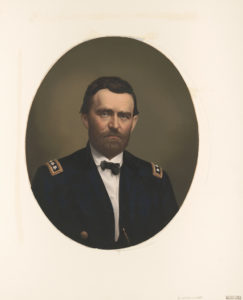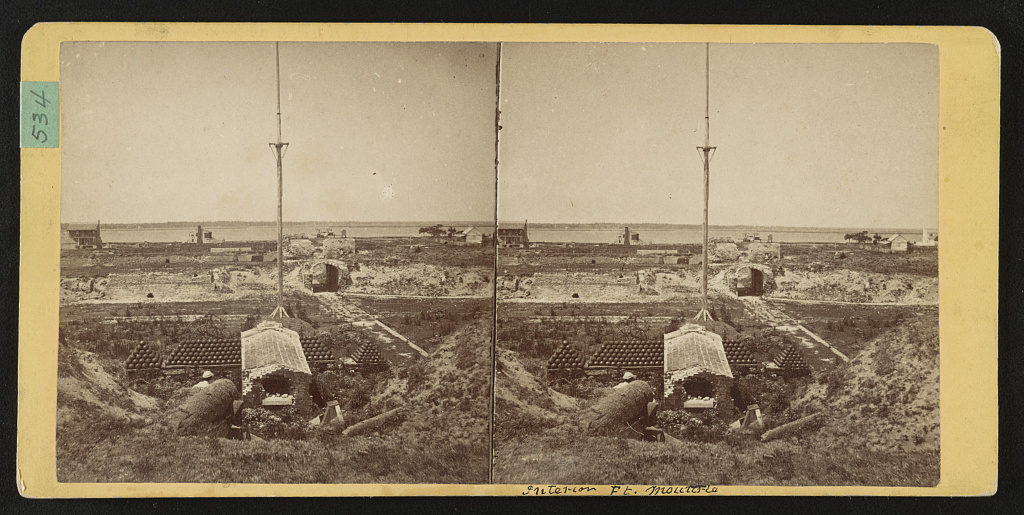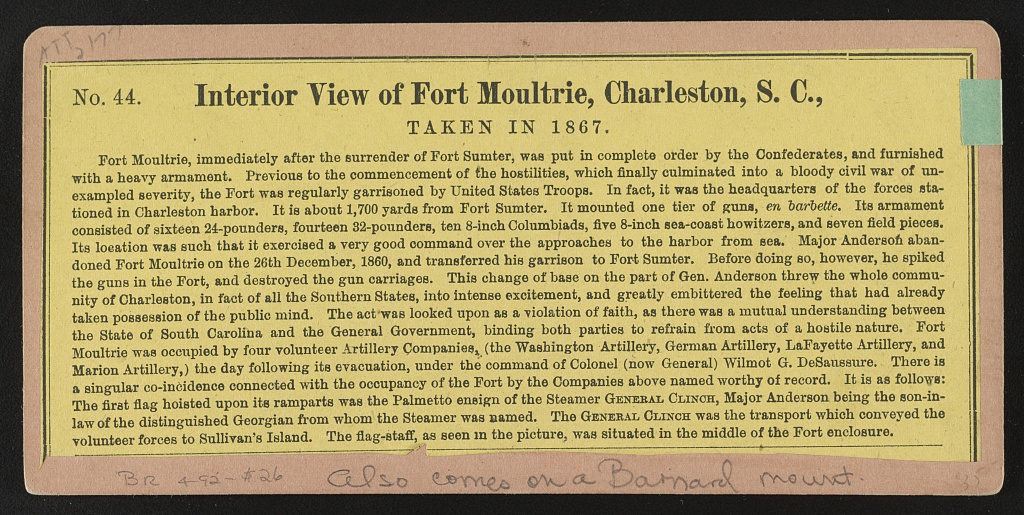President Andrew Johnson made some changes in August 1867. He suspended Secretary of War Edwin Stanton and named General Ulysses Grant the ad interim War Secretary. The president then ordered the acting secretary to remove Phil Sheridan as commander of the Fifth Military District in Louisiana and Texas. 150 years ago today the order replacing another District commander was officially promulgated. General Daniel Sickles was removed from the Carolinas.
Sickles turn had also come. The irascible general had issued orders superseding the actions of the civil courts, especially in staying the collection of debts, and Johnson resented this subordination of civil government. On August 26, the same day he assigned [General Winfield S.] Hancock to the Fifth District, he relieved Sickles of command and appointed Edmund R.S. Canby in his stead. Grant tried to defend Sickles in cabinet, but he was not successful.
Although the president had handled Grant with great diplomacy, his relations with his subordinate remained strained. Grant, playing a double game, asked leave to retire when matters of no concern to his department were under discussion in cabinet, and eventually stayed away from routine meetings. Johnson was appalled. …[1]
_____________________
General Sickles may have been relieved in more ways than one. According to Edward McPherson’s history of Reconstruction (on page 318 at at Hathi Trust) on June 19, 1867 “General Sickles asked to be relieved from command of the district …”
The New-York Times reported the removal of Sickles in its August 28, 1867 issue. The article included a couple other interesting items. Andrew Johnson apparently invited John Mercer Langston to the White House to ask him what he thought of how the Freedmen’s Bureau was working out. Mr. Langston stood up for General O.O. Howard; the president severely criticized Howard and said the general had to be replaced. President Johnson told the “colored orator of Ohio” that he would appoint a black man to lead the Bureau if blacks would suggest one. Mr. Langston seemed to be standing by General Howard. Also, James Duncan, a Confederate officer at Andersonville had escaped from Fort Pulaski, where he was serving a fifteen year sentence. He stole the “health-boat” at the Savannah wharf. He made his way to the ship Leo, which departed for France the next day.
The image of the order also comes from Edward McPherson’s book (at Hathi Trust). From the Library of Congress: Generals Canby and Grant; Fort Moultrie
- [1]Trefousse, Hans L. Andrew Johnson: A Biography. New York: W.W. Norton & Company, Inc., 1997. Print. pages 288-289,297.↩





